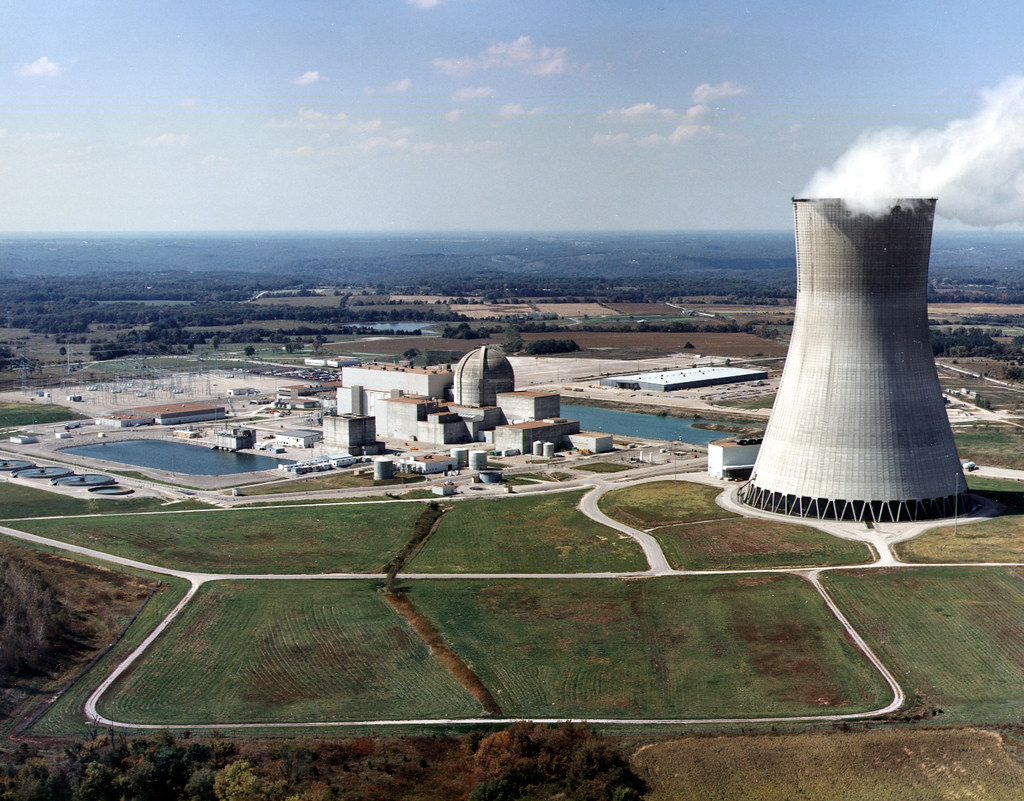Most of us still ignore its disturbing weapons proliferation potential.
Everyone who thinks nuclear fission is sufficiently safe to use at increased scale today needs to upgrade their simulations. Unlike fusion power, it isn’t. Many ecomodernists who see next gen reactors as a key part of the solution to climate change may not be convinced by my article, but most environmentalists, and many in the general public, might. Fortunately we all vote.
Nuclear power is too slow and expensive to move the needle for climate, vs. wind and solar. But its biggest problem is rarely discussed, hence my article. Scaling nuclear power (including thorium and various other next gen designs) will only exacerbate the global risk of nuclear weapons proliferation, and the nightmare scenario of rogue nuclear weapons in use by well-funded small groups, later this century. We have a long road ahead to increase equity and reduce fanaticism. Meanwhile, technological advances make it increasingly easy to produce clandestine nuclear weapons. We ignore that future at our own peril. History argues that a future with rogue nuclear weapons afflicting the world would greatly restrict our civil rights, and greatly reduce democratic representation and transnational cooperation. That’s a future we can work to avoid.
Growing nuclear power should be a nonstarter for our sustainability agenda. We need to delay, decommission, and increase oversight of the entire uranium mining, enrichment, and nuclear weapons and nuclear energy production chain, while we wait for the world’s political and security cooperation and capabilities and networks to catch up with ongoing technical advances. My Medium article explains why.
























